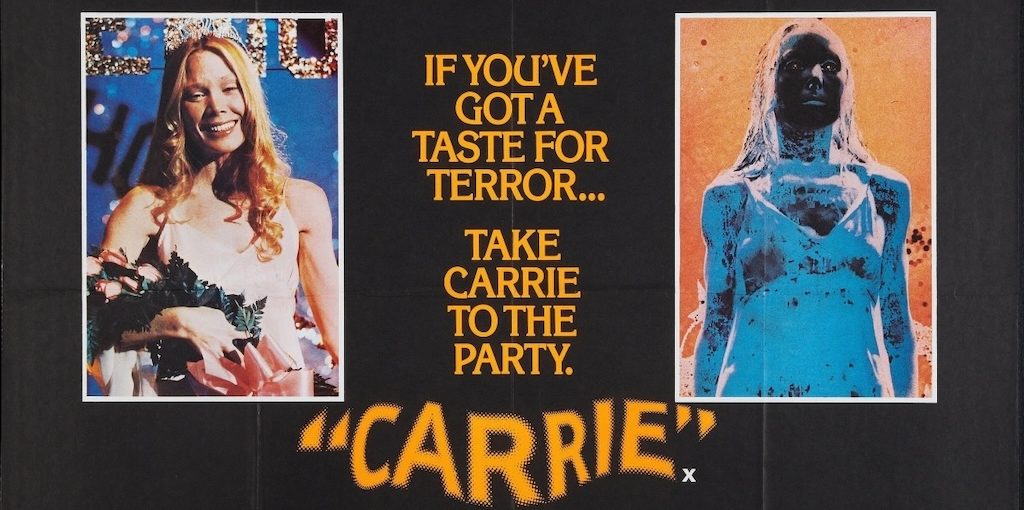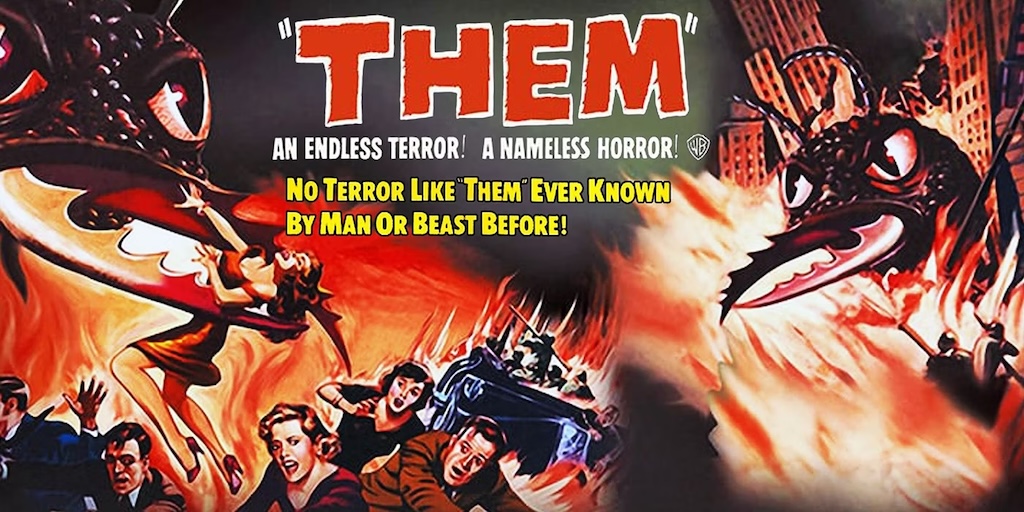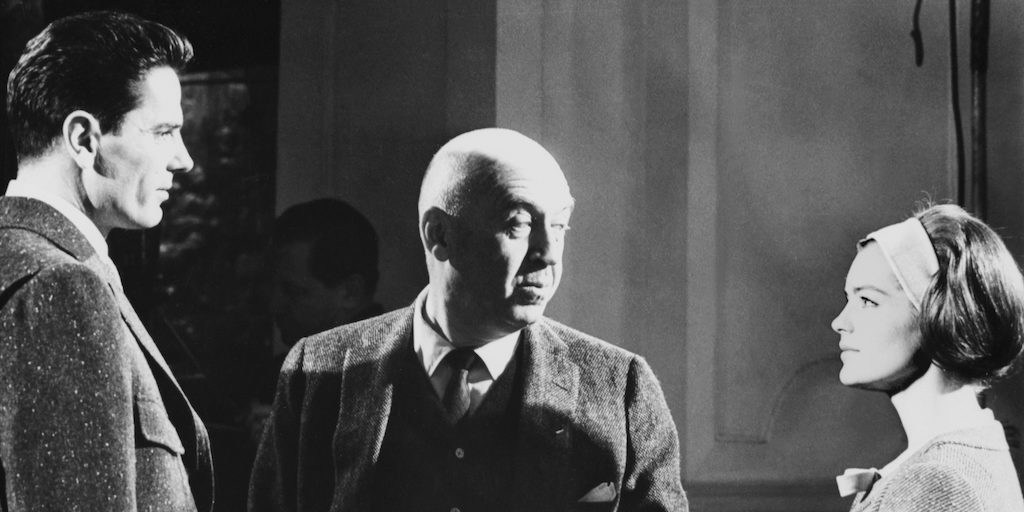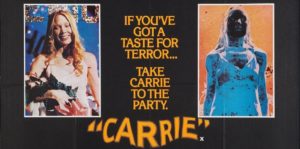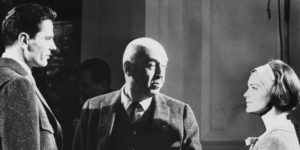EVERYBODY JUDGES
A few months ago something incredible happened. Bee-Vang, the Korean actor who stars in Gran Torino alongside Clint Eastwood, began denouncing Eastwood’s film as “anti-Asian” and denouncing that the film stigmatizes the Hmong community. I recently rewatched the film and I find it hard to believe how such stigmatization can occur. The description of the Asian characters is absolutely anti-stigmatizing. Far from thinking of it as a homogeneous group of people who behave the same, it simply shows that there are some Koreans who are good and bad, naive and cunning, brave and cowardly. It is this awareness of that humanity that makes the character of Clint Eastwood (a former Korean War soldier) seek both the salvation of his Asian friends and his personal redemption.
I don’t think that’s a particularly deep or original reading. And I’m sure that if it differs so much from what Vang does, it’s because of the problem of political correctness; this makes any kind of offense appear anywhere. It has been said that political correctness is a form of censorship, but in truth it is something else. Art in general and cinema in particular have coexisted a thousand times with forms of censorship and in some cases this has not prevented them from doing wonderful works. The Hays code promoted self-censorship in the middle of the classic Hollywood era. But there they knew with some accuracy what they were dealing with and what the Hays Code called for. From there, movies were made that either obeyed what the Code wanted, or managed to get around it with subtleties of all kinds.
Political correctness is something else altogether because you never know where it may lead. The glorious Once Upon a Time…in Hollywood can provoke the Me Too by making its hero an alleged femicide without being convicted. Promising Young Woman can be an extremely misandrous movie without offending any collective. Now, Robert Zemeckis made The Witches recently and he had a problem with people having three fingers because his villain has three fingers. Recently, something as outlandish and ridiculous as Pepe Le Pew advocating rape culture was said, prompting the notorious skunk created by Chuck Jones to be removed from the movie Space Jam 2.
We read this kind of accusatory nonsense all the time because, on top of everything, political correctness is strangely retroactive. Films that we had already forgotten or that were released decades ago can no longer be reviewed under the magnifying glass of current morality, but under any twisted magnifying glass that a conviction allows. Because these are not just personal readings, but readings that tell us how we should see that movie, what aspect we should be offended by, and how to act accordingly.
The Woody Allen case has been a particularly violent and unusual version of all this. Decades ago, the complaint about the abuse of his daughter Dylan had been dismissed and since there had been no conviction, his career developed normally and without any actor apologizing for having worked with him. For a few years, the reappearance of the complaint (not from the judicial point of view, but from the media) caused actors who had worked with him to stand out immediately. In some cases, such as that of Timothée Chalamet, it came to the unusual fact that the actor worked with Woody Allen without problems knowing about this case and shortly after, in a sudden attack of conscience, decided to repent, apologize and donate his salary.
They are attitudes that do not sound very sincere, but rather urgent demarcations to safeguard an image. To say that Woody Allen is a pedophile and that he abused his daughter seems to be correct, so we say it as if pederasty were an accusation that can be made lightly and not one of the most horrendous crimes that can exist.
That is why the critical acceptance of a documentary like Allen v. Farrow in the United States (I suspect that in the rest of the world it has been similar). Aesthetically speaking, it’s a tricky and gimmicky documentary, full of cheap shots. Journalistically speaking, its poverty is not only notorious but also strongly irresponsible.
Let’s take an example. At one point the documentary series wants to depict Woody Allen as obsessive about minors. To do this it resorts to three tests. Scripts he wrote and some of his movies that talk about older men dating minors (Manhattan and the character of Trixie obviously appear), the testimony of a woman who claims to have dated Woody Allen decades ago when she was less than 18, and testimonies from people who may have seen evidence that Allen had sexual relations with Soon-Yi before she was 18 years old.
The woman who claims to have dated Allen not only has no proof that what she says is true, but she also takes it upon herself to report that Allen didn’t even know she was a minor. The testimonials are obviously assumptions. And as for the “proof” of the movies and scripts, it could serve as a criterion for accusing Scorsese of being a mobster or Roland Emmerich of being a terrorist.
The other, much more serious element which is the accusation of pedophilia, could convince those – I suppose there are many – who have not the slightest idea of how the case was in the 1990s. A careful look could disarm some strange contradictions. For example, in episode 3 it is said that one of the possibilities through which Woody Allen could be exonerated from the accusation of pedophilia is that he had connections that made him extremely powerful. For some reason, those connections were of no use to him in the custody trial, which Farrow won and where the judge himself cast doubt on Allen’s abuse case.
On the other hand the omissions are rude. The documentary focuses on a single expertise of Dylan by MIT without mentioning that there was another expertise of the General Department of New York where they found no evidence of abuse. There were, in addition, other doctors who dismissed the complaint as a fantasy. From Dylan’s own therapist, through a family therapist (Susanne Oates). Nor does he mention Woody Allen’s severe claustrophobia, a psychic pathology that makes it very unlikely that he would have chosen a space as small as a small attic to abuse his daughter. Neither that no physical signs of abuse were found on Dylan’s body, nor the two psychiatric analyzes (that of Woody Allen’s psychiatrist and that of Fred Brown, an emeritus professor of psychiatry and expert in pedophilia), which said that Allen´s personality did not fit from any point of view in that of a pervert of those characteristics.
Some of these questions (and others) appeared as lone voices in American criticism. For example, this article from The Guardian where the journalist states that they approached the directors with questions about the weak points of the documentary. What they received in return was a general and rather ludicrous letter in which those responsible did not take responsibility for any of the inconsistencies.
Towards the fourth episode, the documentary begins to talk about Moses Farrow’s letter. One of Mia’s children who not only says that there was no such abuse by their father, but also accuses their mother of having been -and possibly still being- a very dark person, who maintains an unhealthy relationship with her children which includes physical abuse and brainwashing. The letter can be read here and it is so dark that it could be perfectly extracted from a horror story. The documentary cannot omit such an accusation towards Mia Farrow, but it shows that she wants to quickly get rid of the subject. He simply disproves the abuse through the testimony of the other brothers, and since he has to continue to maintain the story that Mia Farrow is practically a modern saint and the mother of a wonderful family, he neglects to mention that Moses Farrow’s letter alludes to three children of hers who they died by suicide and suffered from severe depression (events that Moses attributes to Mia’s mistreatment).
Beyond all this, the documentary incurs a staggering dishonesty. Moses Farrow states at one point in his letter that Dylan’s story cannot be true, among other things because she talks about an electric train and there was no such toy in the attic where these issues theoretically took place. It is not a minor fact. According to Dylan Farrow, the electric train going down a rail was the distracting element that Woody Allen had used to make his daughter look at it while he was abusing her.
To disprove Moses’ letter, the documentary says that the police did indeed find a toy train. What the documentary does not clarify is that this train – which they conveniently call “a toy” – was not electric but made of plastic. Therefore, that story of a running electric train does not fit with reality.
It is incredible that a documentary incurs in such dishonesty without there being a rude intention of lynching on its part and a total lack of respect for the facts. But the most surprising of all is that even using easily verifiable manipulations, the documentary can feel in a position to educate those who decided to believe Woody Allen about the non-existence of such abuse.
And this is where one of the most unpleasant moments of the documentary appears, as the waters begin to divide between those who decided to believe Dylan (Natalie Portman, Timothée Chalameet) and those who refuse to accuse Allen (Alec Baldwin, Adrien Brody, Cate Blanchett, Diane Keaton, Scarlett Johansson). Obviously, according to the documentary, those who are with Dylan are on the right side, while those who refuse to express an opinion or directly defend Allen would be either naive or cretinous.
The issue is that it also seems obvious for the documentary: a thing like the principle of innocence does not exist.
Allen v. Farrow reaches such a level of insanity that it’s okay for people to accuse someone of a pedophile who has never had a conviction (nor was he accused before or after that by any victim other than Dylan), while he finds it particularly appalling that other people decide to believe him or simply (as Adrien Brody very rightly says) leave it in the private sphere.
Regardless of all the conjecture that Allen v. Farrow, the documentary cannot deny that a final sentence was never passed on the director, and it cannot be asked, from a hideous moral manipulation, that he be called a pederast, as if one’s belief could be above the institutions. With similar criteria we could ask actors to tell Moses that they believe him and start accusing Mia Farrow of being a perverse abuser. The truth is that there is no way to praise or encourage this unless you have really strong evidence.
The fact, sad or not, is that even though Allen had abused Dylan, and managed to be a genius psychopath capable of fooling two psychiatrists, a lie detector, and using quasi-mob power to save himself, the non-conviction exonerates him from the charges and any lynching towards him cannot be seen as anything other than a savagery worthy of other centuries.
The question is, how is it that HBO agreed to do such horror and how is it that there are so few of us who do not see in this series a number of immense atrocities?
To my knowledge, there is no other explanation than the fact that Allen v. Farrow knows how to capture a current spirit of these times that is the need to judge. The need to call Allen a pedophile, to speak of Pepe Le Pew as an apologist for rape, or to say that Gran Torino is racist, are all forms that, with a greater or lesser level of seriousness or harm, follow the same logic of urgency to take a stand.
That’s why Allen v. Farrow takes it upon itself to ask one of today’s buzzwords.
Can art be separated from the artist?
The question seems deep and sophisticated but it is actually quite idiotic. Of course it is possible! I don’t think there’s much of a problem watching Vertigo knowing that Hitchcock sexually harassed Tippi Hedren, or listening to Miles Davis knowing that the musician beat up all of his partners. Frankly, I cannot imagine any human being who, when reading, seeing, or listening to something by an artist, needs to have a moral card from that creator in order to enjoy the art that he made.
Instinctively when we see a work of art, what we contemplate is exactly that without the need to be thinking about who made it. On the other hand, it is fortunate that it is so. No one is going to become anti-Semitic for reading T. S. Eliot’s beautiful Four Quartets, nor are we going to kill a person for looking at a Caravaggio painting.
The only thing that is generally achieved by asking the stupid question of art and the artist is that we begin to ask ourselves if it is not better to go through life prohibiting ourselves from extraordinary things just because we feel like good people.
Because basically that is what is done when the dilemma of “art and artist” arises. It is not a dilemma to illuminate anything about the work, but so that the person who states it can feel that they do not have that defect that concerns artistic genius. With rare exceptions, every time a critic/philosopher or whatever talks about issues such as Picasso’s psychopathy towards women, or Wagner’s anti-Semitism, he is talking little or nothing about their work and a lot about everything. not anti-semitic or how non-psychopathic he is.
There is no lack of pleasure in this moral complacency, for a reason it is one of the most practiced activities today. The problem is that this accumulation of forced judgments ends up creating an exhausting climate, which feeds irresponsible attitudes, superficial looks, paranoia and self-censorship.
Perhaps one exaggerates a little in the face of this. Perhaps it is just a temporary psychosis that Allen v. Farrow takes the opportunity to become one of the most monstrous consequences that this activity can have. In the worst case, it will be a new morality that in the long run will make us a world of judges. All that remains is to wait and make the wait more enjoyable by seeing great works of art. With this in mind, I will turn in this article as I am planning to join my wife to watch Manhattan.


